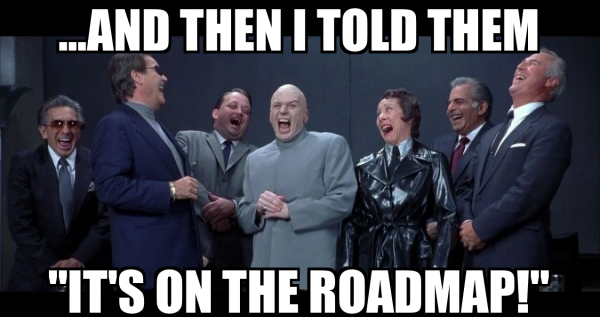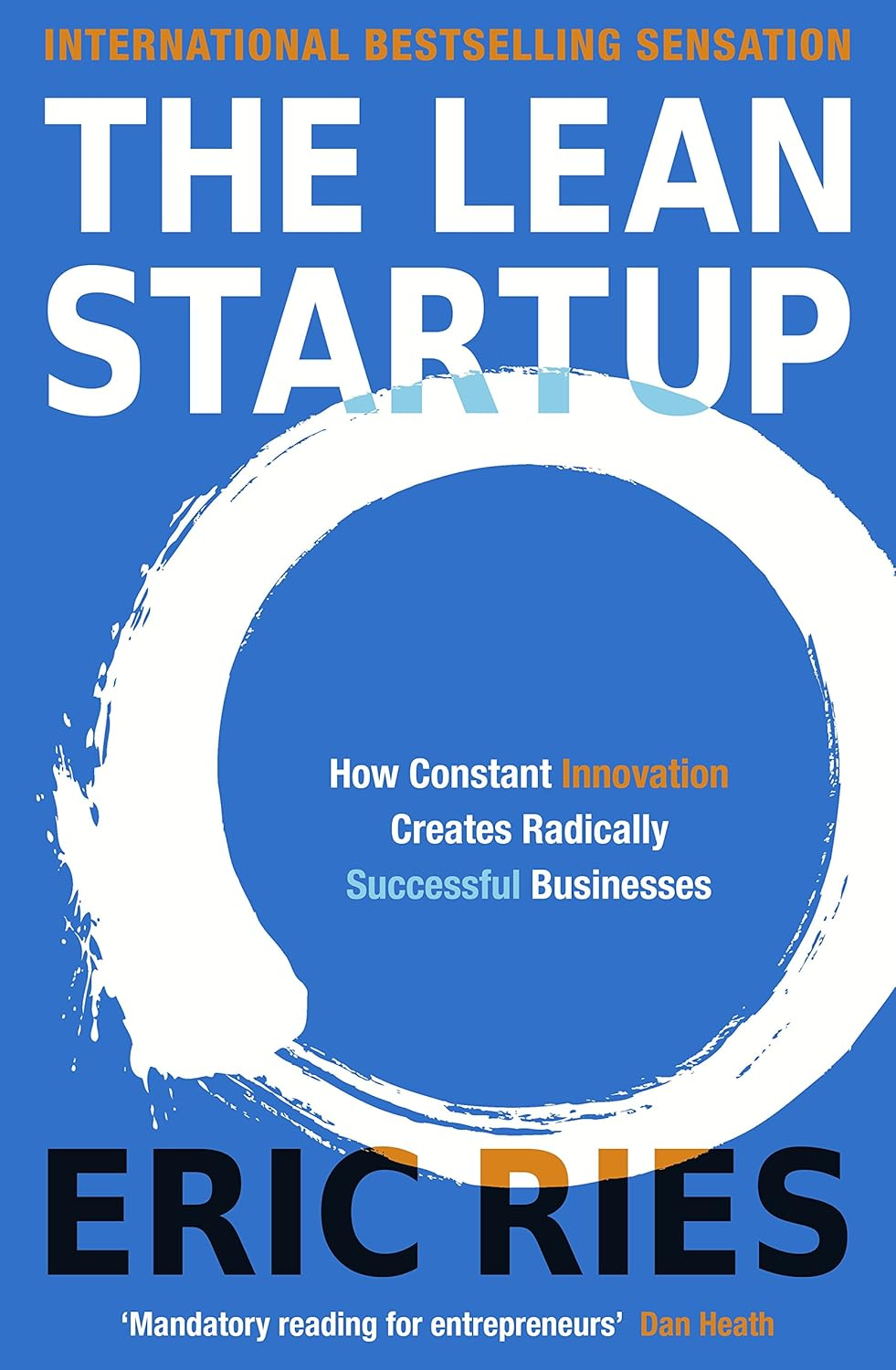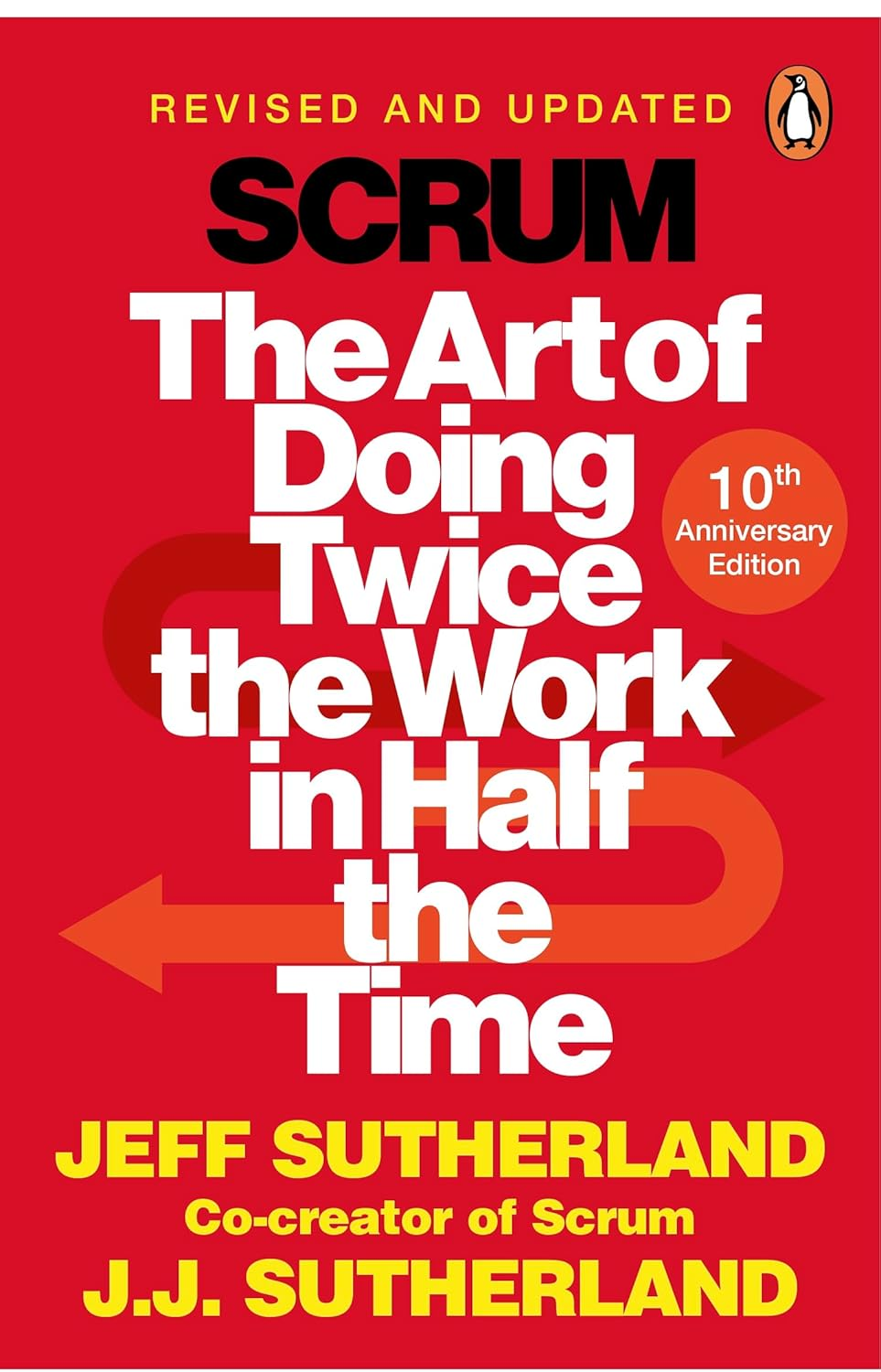This article provides a curated list of the best project management books available in 2025, covering Agile, Waterfall, Scrum methodologies, and essential leadership skills. Whether you’re a beginner or an experienced PM, find the right reads to elevate your skills.
Project Roadmap: Planning and Managing Your Project
Learn how to create a project roadmap for strategic project planning, timeline management, and team alignment. This article is especially helpful for project managers looking for a structured and clear way to organize project execution.
Key takeaways
Strategic Overview: A project roadmap offers a high-level view that keeps teams focused on key goals without the distraction of finer details. Learn how to use it as a guidepost throughout the project lifecycle.
Step-by-Step Roadmap Creation: Clear instructions for developing a roadmap aligned with the project's core objectives, making team efforts more coordinated and manageable.
Practical Tools: Real-world examples and tools, like Gantt charts, make visualizing and tracking project stages straightforward, helping managers allocate resources and manage timelines effectively.
Navigating success: The power of project roadmaps
Imagine your project as an expedition into uncharted territory. Without a clear map, it’s easy to lose your way, which could lead to setbacks. A project roadmap is like a route plan for the team, keeping everyone on the same path even if adjustments are needed along the way. Unlike a detailed project plan, the roadmap provides a high-level overview of the project’s goals, key stages, and major deadlines, making it easier to understand the big picture. With a well-structured roadmap, project managers can stay focused on essential tasks rather than getting bogged down by minor details.
Key components of a project roadmap
To create an effective roadmap, incorporate several key components that provide clarity and direction for the team:
- Project Goals: Clearly define final goals and success criteria. For example, if the project involves launching a new product, the main goal might be “Launch an MVP by June to assess target audience interest.”
- Milestones: Use milestones as checkpoints to measure progress. In an IT project, these could include “Complete beta testing” and “Launch version 1.0.”
- Main Tasks and Phases: For a construction project, key phases might include “Foundation Laying,” “Structural Framework,” and “Finishing Work.”
- Timelines: Set timeframes for each stage to avoid overload. For example, plan to complete the “Initial Testing” phase within one month.
- Risks and Constraints: Identify potential risks and limitations early on. For an international project, potential risks might include supply chain delays, while a constraint could be regional legal requirements.
Project roadmap vs. Project plan
Understanding the difference between a roadmap and a detailed project plan is essential for effective project management:
- Project Roadmap: This is a high-level view that outlines the main stages and goals of the project, typically presented as a chart or visual. It’s ideal for communicating with the team and stakeholders. See our guide on "What is a Gantt Chart? A Guide to Using Gantt Charts for Project Management" for more on roadmap visualization.
- Project Plan: This document breaks down each stage of the roadmap into specific tasks, resources, and schedules. For a detailed guide on implementing project plans, see our article on "Project Management Workflow: A Step-by-Step Guide to Streamlining Project Success".

How to create a project roadmap
Follow these steps to create a roadmap that aligns the team and increases work efficiency:
- Define the Final Goal: Set specific outcomes. For example, if the project is a marketing campaign, the final goal could be “Achieve 10,000 new leads by the end of the quarter.”
- Set Key Stages: Break down the project into logical phases. For example, in a marketing campaign, these stages might include “Content Creation,” “Ad Launch,” and “Performance Analysis.”
- Choose Tools and Templates: Use tools like ProductPlan to create visual roadmaps. For further guidance on creating effective workflows, see "Workflow Templates: How to Optimize Processes for Maximum Efficiency".
- Identify Risks and Constraints: Understand potential challenges, such as limited budgets or audience engagement, and plan accordingly. Learn more in "Top Benefits of Agile Methodology: Why Agile Drives Success in Project Management".
- Regularly Update the Roadmap: Adjust the roadmap as new data and insights become available. This is crucial for adapting to changing conditions and ensuring team alignment.
By following these steps, you’ll have a roadmap that helps the team see the big picture and work in alignment.
Interesting fact 
Did you know the first “roadmap” wasn’t related to projects? It was created for pilgrims traveling from Europe to Jerusalem. Medieval maps marked major stops and provided an overall view of the route. Modern project roadmaps borrow the same idea—to help “travelers” reach their goal by marking key milestones along the way.
To explore tools that can help visualize your project roadmap, check out "What is a Gantt Chart? A Guide to Using Gantt Charts for Project Management". For insights into improving workflows, see "Workflow Templates: How to Optimize Processes for Maximum Efficiency".
Conclusion
A well-designed project roadmap is more than just a plan; it’s a strategic guide to success. Using the roadmap to set priorities and monitor risks enables project managers to effectively manage their team, avoid overload, and achieve results.
Recommended Reading 

"Project Management Lite"
A practical guide for beginners in project management, focused on basic skills.
On Amazon
"The Lean Startup"
A book on building efficient projects, especially useful for Agile teams.
On Amazon
"Scrum: The Art of Doing Twice the Work in Half the Time"
An essential guide for project managers implementing agile methods.
On Amazon






